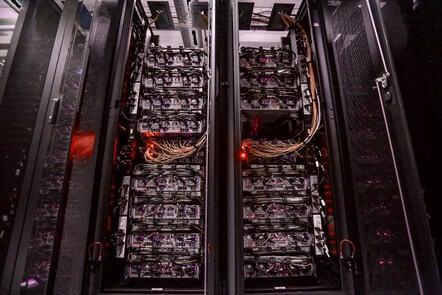MOOC List is learner-supported. When you buy through links on our site, we may earn an affiliate commission.

MOOC List is learner-supported. When you buy through links on our site, we may earn an affiliate commission.
Refresh your knowledge of MPI one-sided communication
One-sided communication, compared to two-sided communication, can help to improve performance by reducing synchronisation, having no delay in sending data, and increasing functionality and scalability.
You’ll begin by getting an introduction to MPI one-sided communication to refresh your knowledge and skills. You’ll learn how to use the new interface, examining case-use studies in the real world to further cement your learning.
Discover the principles of MPI shared memory and how to use it
You’ll explore how to split a communicator in shared memory islands and how to synchronise load and store operations. By the end of the course, you’ll understand restrictions and advanced options when using MPI-3 shared memory.
Learn from the experts at PRACE
The mission of PRACE is to enable high-impact scientific discovery and engineering research and development across all disciplines. By offering world-class computing and data management resources and services, they aim to enhance European competitiveness for the benefit of society.
Syllabus
Week 1: Overview and the principles of One-Sided MPI Communication
Week 2: Details and examples of One-Sided MPI communication
Week 3: MPI Shared Memory – principles and how to use
Week 4: MPI-3 Memory models and fast synchronization Options
Learning on this course
You can take this self-guided course and learn at your own pace. On every step of the course you can meet other learners, share your ideas and join in with active discussions in the comments.
What will you achieve?
By the end of the course, you‘ll be able to...
- Apply MPI one-sided communication to your communication patterns in your MPI applications
- Explain the main advantages and disadvantages of MPI one-sided communication and MPI shared memory
- Design your program using methods of MPI communication that prevent deadlocks and ensure a correct program
- Improve scalability by substituting non-scalable solutions with scalable one-sided approaches
Who is the course for?<(b>
This course is designed for anyone familiar with MPI that wants to learn to program using the new interface.
What software or tools do you need?
To take part in this course you don’t need a supercomputer, just an MPI environment on your laptop or computer.
MOOC List is learner-supported. When you buy through links on our site, we may earn an affiliate commission.
MOOC List is learner-supported. When you buy through links on our site, we may earn an affiliate commission.
